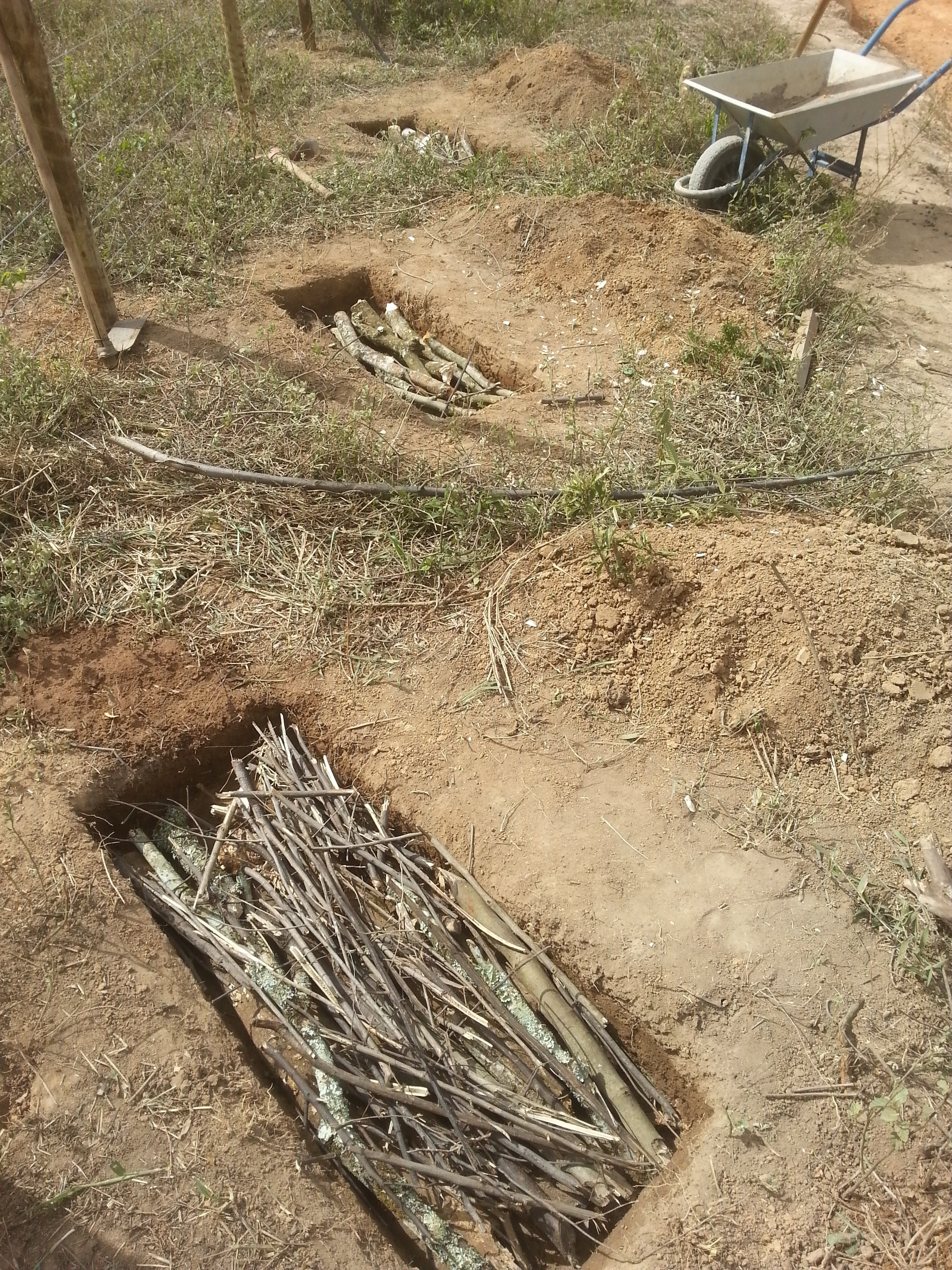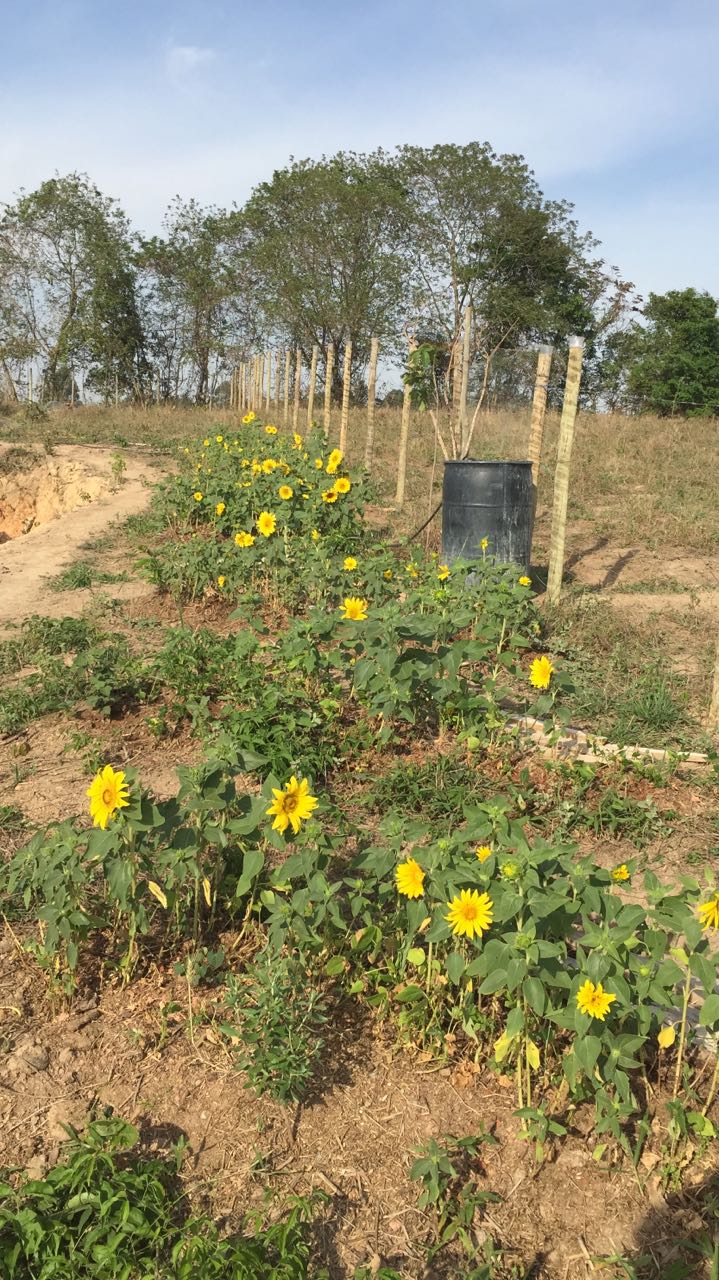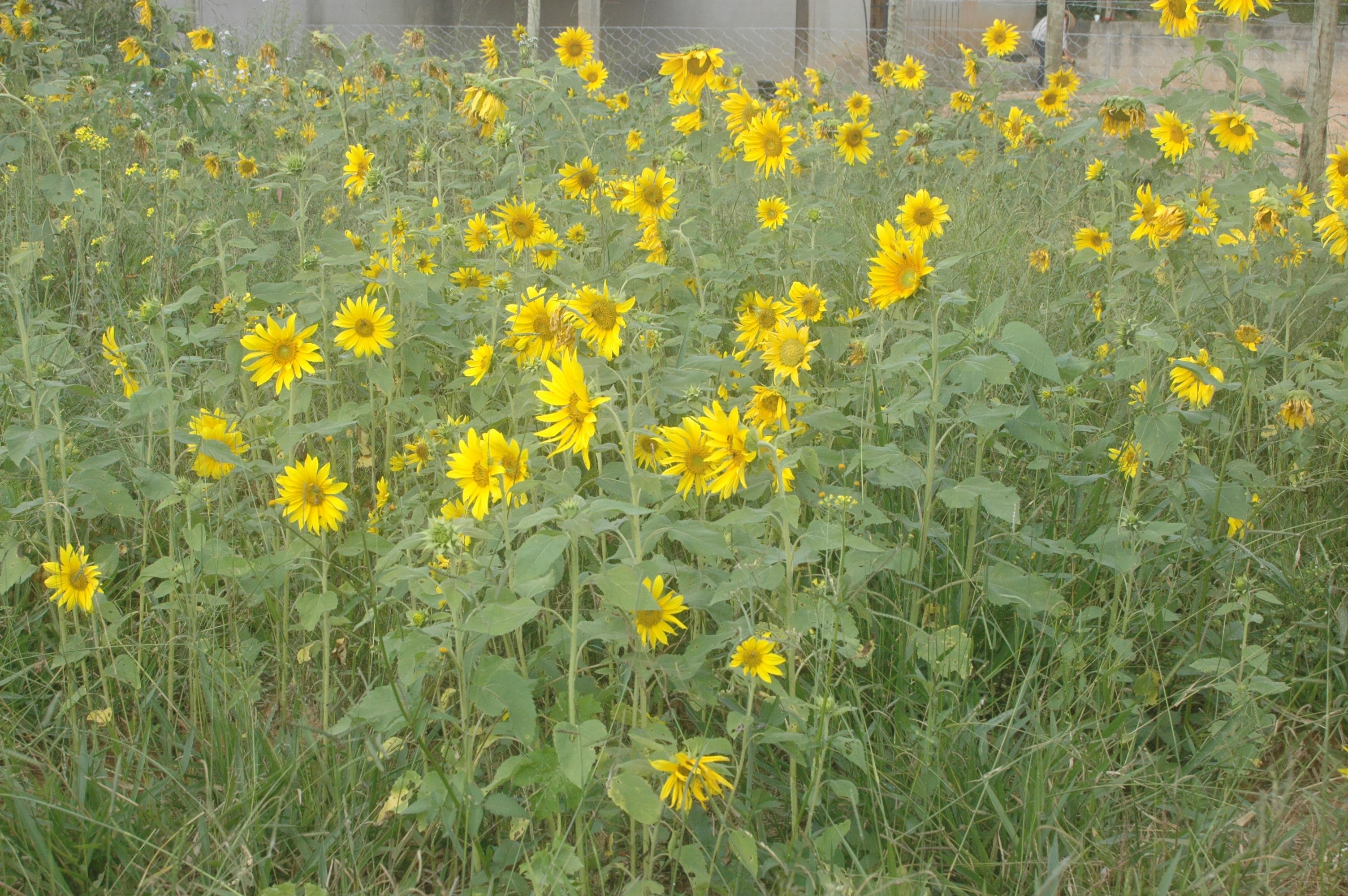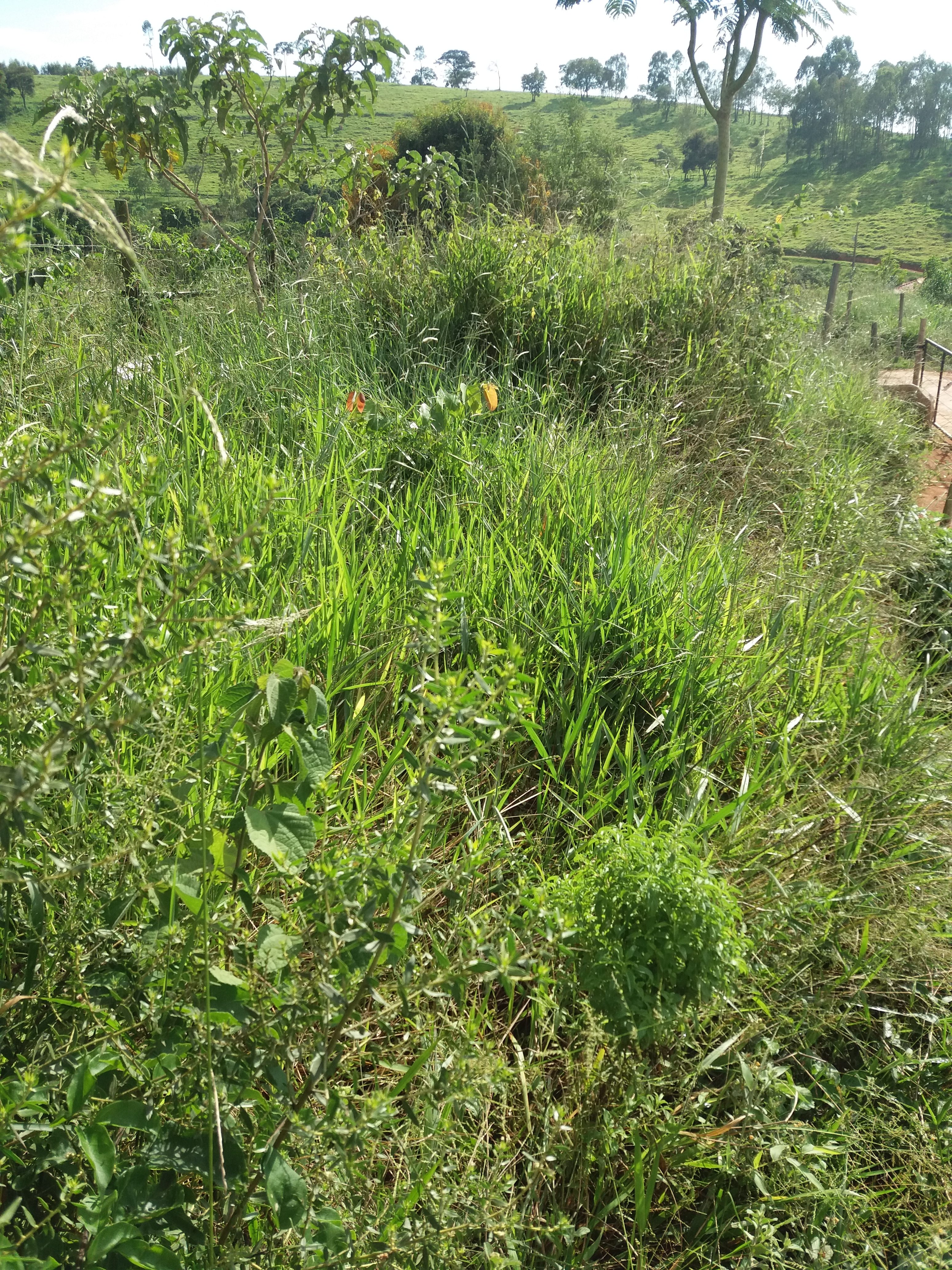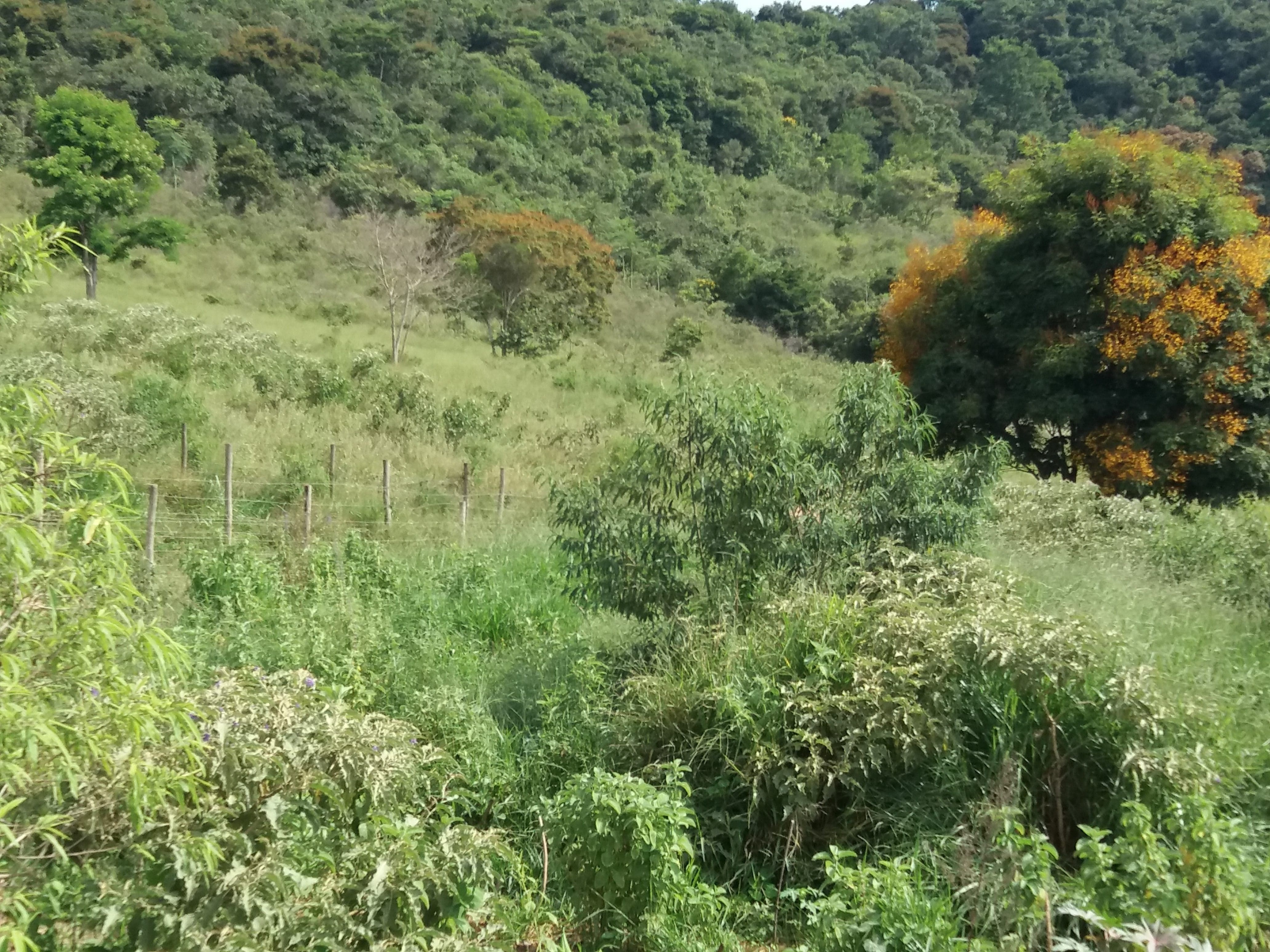Be Very Welcome to Join
and Grow with us
Develop code
Invest in LOTs
Be our think-tank
Become a farmer
Plant a tree with us
Entrust your unused land
Be part of the ARK
You Might Discover More Ways
Photographer
Mateus Dornas, Ipê Amarelo, June 2017 Minas Gerais, Brazil.
Published with his permission
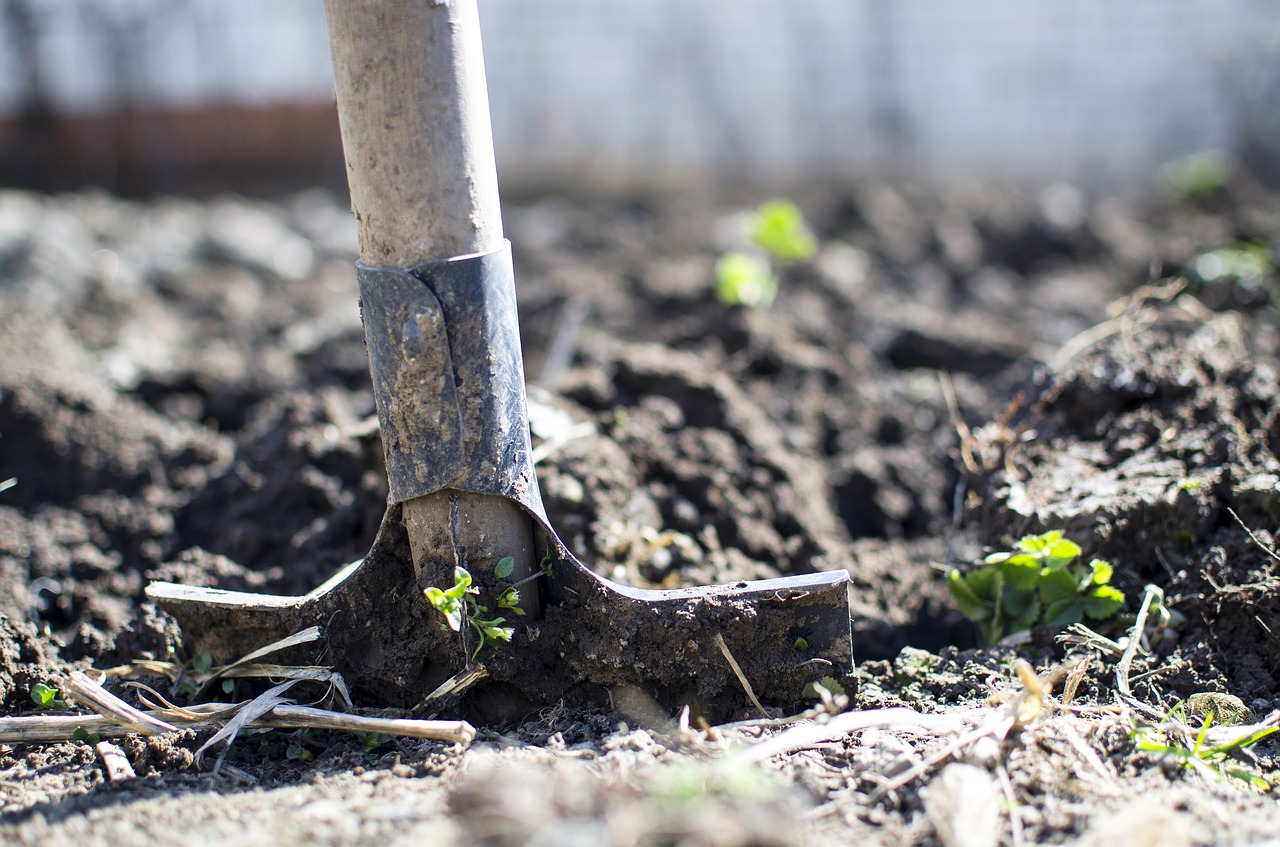
Photographer
Lukas, Czech Republic, accessed August 7, 2018 through Pixabay
Many ways to join and enjoy
Become a Food Forest Farmer
No land of your own? Trained in permaculture? Want to commit to excellence? Exploding with energy? Let’s talk!
Entrust your unused land
Do you own degraded land but have no use for it? We’d love to re-fertilize it into a productive food forest. Let’s devise a win-win-win plan.
Participation is possible from all over the world
Invest with your thoughts
Comment on this project, be our think-tank, get in touch and keep in touch. Developers are very welcome to put LOT hack-proof on a blockchain.
Invest a dollar or two
Soon the ‘Land in Organic Transition’ token sale launches. Subscribe for updates about when + how you can trade LOT.
Plant an ‘ARK’ in your neighborhood
Learn how to plant every bare meter around you in a sustainable way, for nurture and nature, even in the city. The KORPOS’ farms will give workshops.
Spend some time with us, plant a tree
Enlist as an active holiday-volunteer, back to basics, immerse in the lifestyle.
Film-maker John D. Liu put it this way
– An Easy Problem to Solve:
1 minute watch
So will you lend us a hand? It is hard work to get something going on degraded land
“to grow something you need soil and mulch. We had compacted dust”
“No moist entering the soil, no worms, hardly any mulch. Even the weeds (let’s call them pioneer plants) had a hard time to grow. The classic results of decades of traditional farming methods: Tilling, Chemical Fertilizers, Mono-culture, Pesticides, Roundup!”
Donna Vanderloo, founder and CEO KORPOS
“Most of our land was barren. So we put sponges into the ground to grow mulch”
Well, not really, but we dug holes and ditches and filled them according to the ZAI method. Then we waited for the rainy season and the termites to do their work.
explanation ZAI method
We filled them with pruned branches, foliage and cow dung, topping it off with some mulch of clipped grass and a handful of termites (Zai method). Then we waited for the rains and the termites to start the reviving.
It worked to stop the runoff of rainwater. The termites enthusiastically burrowed their little tunnels, so moist stayed in the ground. Now plants are growing again, see the sunflowers, without irrigation. Microbes in the soil are returning. Next rainy season we can use them as mulch to protect the soil of the tree-seedlings (Syntropy method).
See more about thiis method and its inventor at our video-page
First growth of pioneer plants
These pits we filled with mulch, dung and some termites. They dug drainage channels and thus enabled the growth of the first crop (sunflowers)
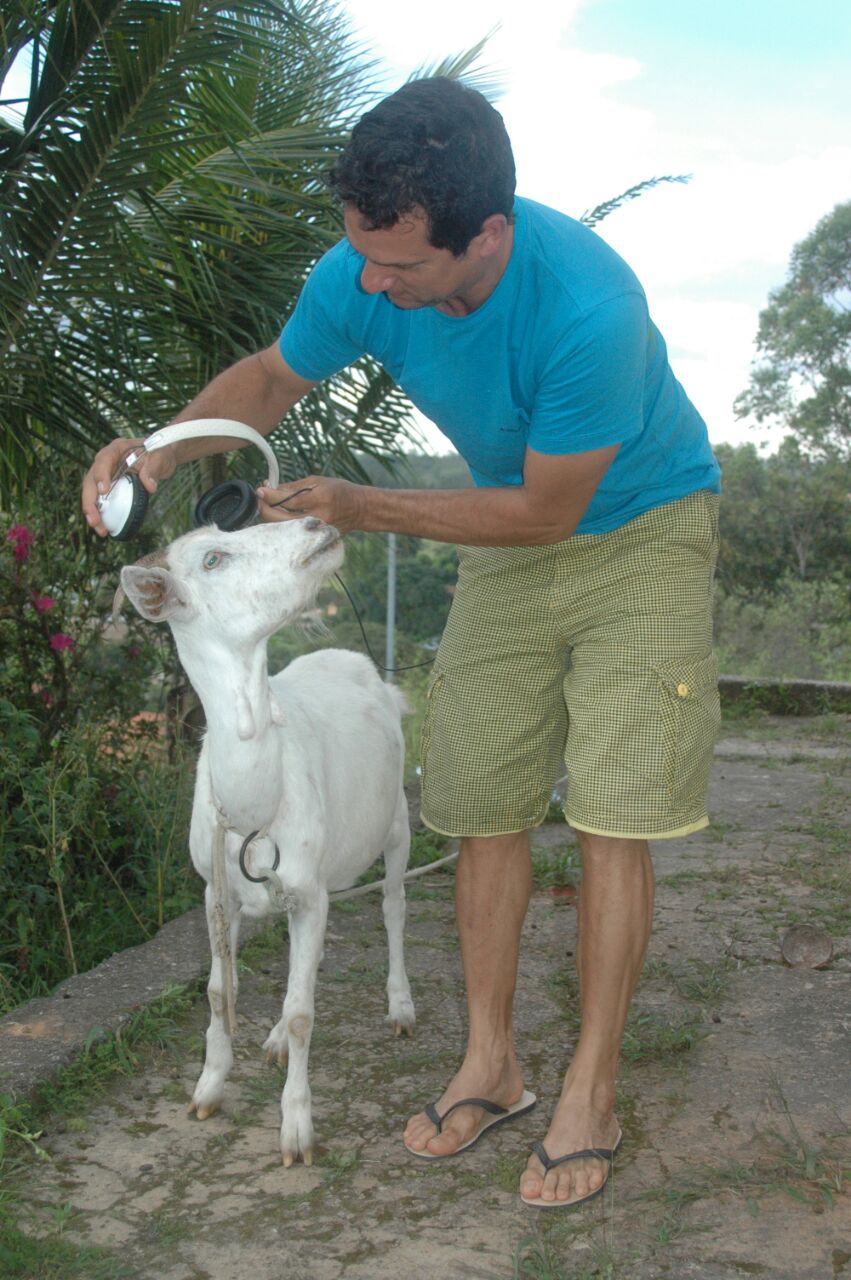
“Farm animals are sentient beings, and must be treated as such”
“Our rescued goats, cows and chickens are intelligent and gentle. No different from dogs or cats. So we treat them with the utmost respect and provide for their natural behavior. They enjoy their retirement at our farm and their dung is very useful. They need space like we do. We would never put them in a cramped compound.”
Miguelangelo, CSO KORPOS
Let’s Do Something Better Together
Image
Inactive account ID 12019, Africa, desert landscape
Through Pixabay, under creative commons
downloaded 14. July 2018

